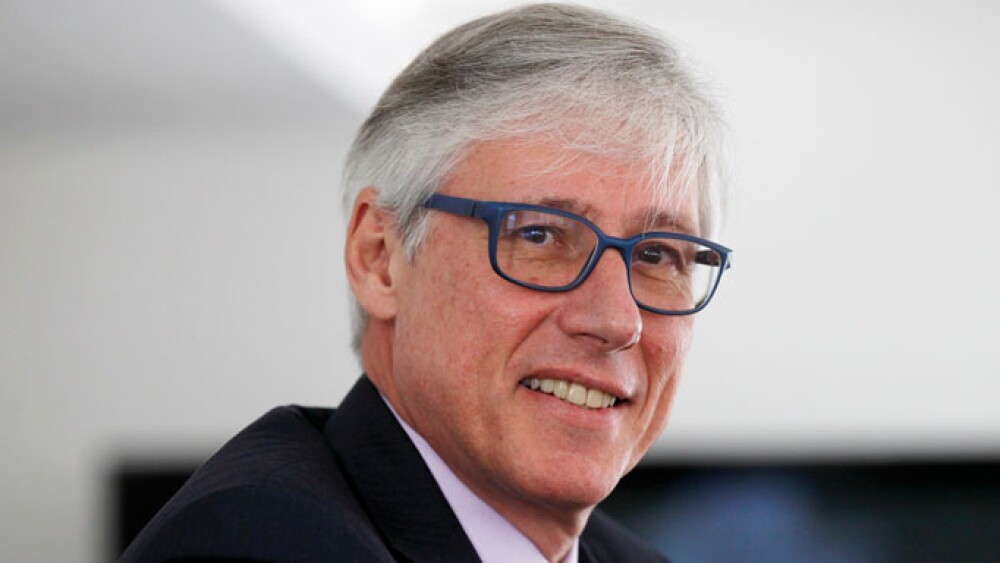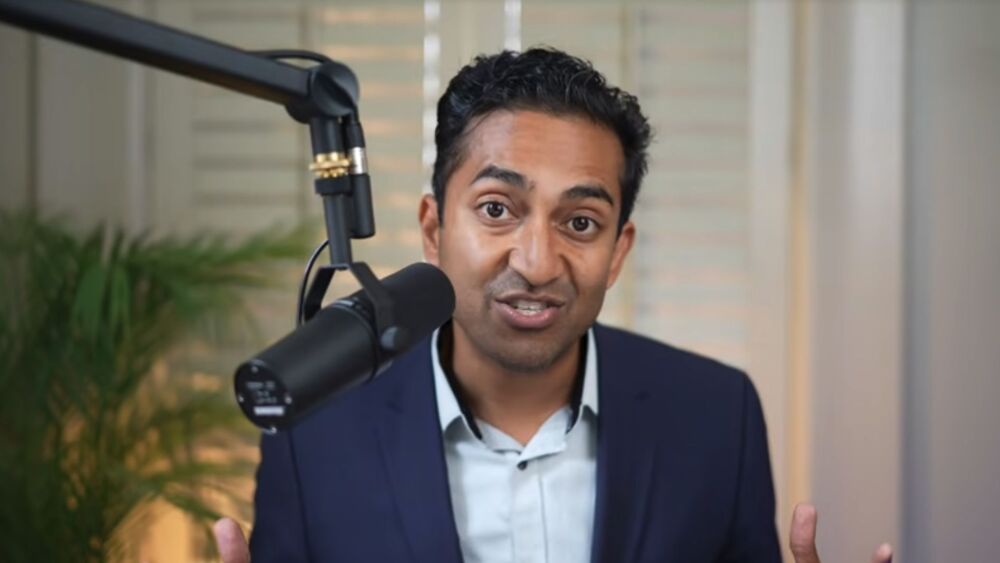March 11, 2015
By Riley McDermid, BioSpace.com Breaking News Sr. Editor
More than two-thirds of respondents recently polled by BioSpace said they believed the recent cushy pay package and one-time payment to Sanofi’s new CEO, Olivier Brandicourt was too much, with 68 percent of the 326 respondents saying they think the French executive is paid too much.
Last week controversy erupted over the compensation package for Brandicourt, with several French government officials decrying the amount, calling it “incomprehensible.” Brandicourt could walk off with as much as $4.5 million in a “golden handshake” payment in addition to making $4.76 million a year. That base figure is comprised by a fixed annual salary of $1.36 million a year, which is supplemented by a performance-related bonus of between 150 to 250 percent, as well as stock options and performance shares.
For BioSpace’s community, there was little ambiguity about it: Only 32 percent said they thought Brandicourt’s pay was fair, while the majority said it was a resoundingly exorbitant amount.
When asked how much Brandicourt should be paid instead, 51 percent said less than $2 million, 30 percent said he should be paid a $2 million base plus options, 15 percent said he should be more than $5 million, and 6 percent said he should be paid more than $5 million base plus options.
The majority of the 326 respondents in last week’s poll were from the United States. The rest hailed from a host of countries including Japan, Germany, France, Canada, Switzerland, Singapore, Sweden, Austria, Turkey, Denmark, Australia, Romania, Vietnam, South Africa, The Philippines, Thailand, Spain, Aruba, Greece, Ireland, Japan, the Netherlands and the United Kingdom. Two percent of respondents declined to identify their country of domicile.
For states, California led the pack, with 38 percent of the poll’s respondents based in that state. New Jersey followed with 15 percent, then New York at 10 percent. The rest were distributed throughout the U.S.







